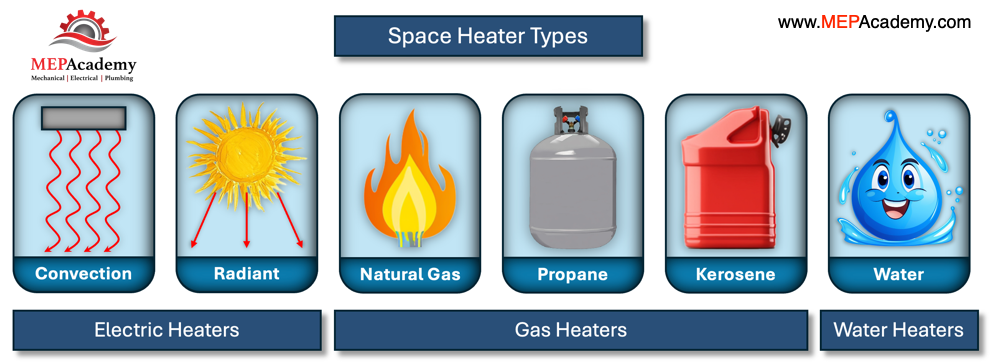How 1 Source Portable Air can Save You Time, Stress, and Money.
How 1 Source Portable Air can Save You Time, Stress, and Money.
Blog Article
1 Source Portable Air for Dummies
Table of ContentsThe Buzz on 1 Source Portable AirThe Definitive Guide for 1 Source Portable AirThings about 1 Source Portable AirThe Definitive Guide for 1 Source Portable AirRumored Buzz on 1 Source Portable Air
Running expenses are based upon an electricity rate of 40c/kWh. The costs for 3 months' usage in winter months are based on 500 hours use, or roughly 6 hours each day for 3 months. Maximum warm output is based on the optimum wattage of the designs we've examined (we concentrate on higher wattage heating units).
On standard, little follower heating systems are less expensive to get, but can have greater running prices. Oil column heating units will be the most affordable on the market to run (on standard) yet only by a slim margin ahead of convection heating units (like panel and micathermic panels).
1 Source Portable Air Can Be Fun For Anyone
If you have a reversible ceiling follower, it'll help spread the heat around the room a lot more uniformly. A number of expensive heating units have actually stopped working to thrill our testers, while some less expensive versions make for remarkably great buys.
As the name suggests, they radiate warmth from a red-hot burner (so the family members will need to take turns sitting in front of it). There are floor and wall-mounted versions available. Radiant heating systems are reasonably inexpensive. They have a cosy radiance and personal warming effect, like being in front of a fire.
Radiant heating units usually cost between $20 and $200. Oil-filled column heating systems don't actually shed oil they utilize power to warm the oil that's secured inside their columns or 'fins'.
Not known Details About 1 Source Portable Air
Some column heating systems aren't also oil-filled yet rather make use of various other product or home heating innovation to work similarly - 1 Source Portable Air. The risk of fire with an oil column heating unit is low compared to various other heater kinds, however never no. Oil heating units don't have actually revealed aspects like radiant heating units do, and their surface temperature is lower than many various other heater kinds (their large surface offsets it)
Oil column heating systems will not explode, and while they do not melt their oil to create heat, it's still flammable, so there is a fire danger if the oil leaks, if the heater tips over and leakages, or if flammable items or fabric enter into contact or drop on the heating unit. You ought to work out the exact same degree of care with oil heating units when it comes to other heating system types, and never ever hang towels or clothing over one to dry them make use of a drying rack rather, a minimum of one metre away.
Column heating systems are particularly valuable in spaces where they'll be switched on for extended periods of time or where they'll operate ignored, such as over night in a bedroom. The surface areas you're most likely to touch on a column heating system do not obtain as hot as various other types of electrical heating units. You can use a ceiling follower on very reduced speed to aid the column heating unit to disperse the warm faster and extra evenly.
Oil-filled column heating units typically set you back in between click this site $50 and $450. Convection and panel heating systems draw cold air over an electric click reference heating element.
1 Source Portable Air Can Be Fun For Everyone

Convection and panel heaters are much more mobile than their oil-filled column heating system equivalents due to the fact that they're dramatically lighter. They'll warm the air in an area equally and swiftly. Like a column heating unit, you can utilize a ceiling follower on extremely low rate to disperse the warm quicker and much more evenly. Some designs, especially panel heaters, are comparatively pricey to get.

What Does 1 Source Portable Air Do?
Follower heaters are usually smaller and extra mobile than other electric heating systems. They additionally come in the type of tower fan heating units, which can be much better for distributing warm around bigger spaces due to their taller account. They can warm the air in our website a room a lot more rapidly, uniformly and promptly than some other heating unit kinds.
Fan heating units (ceramic or otherwise) normally cost between $60 and $900. Ceramic follower heating units aren't necessarily any type of various in cost to non-ceramic versions.
Report this page